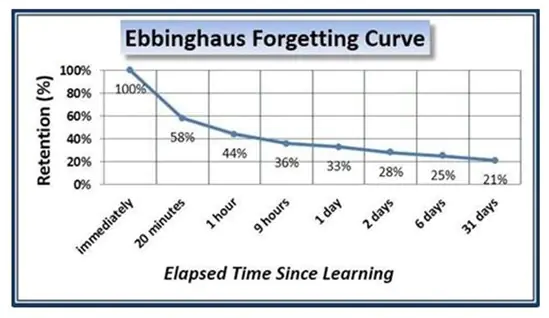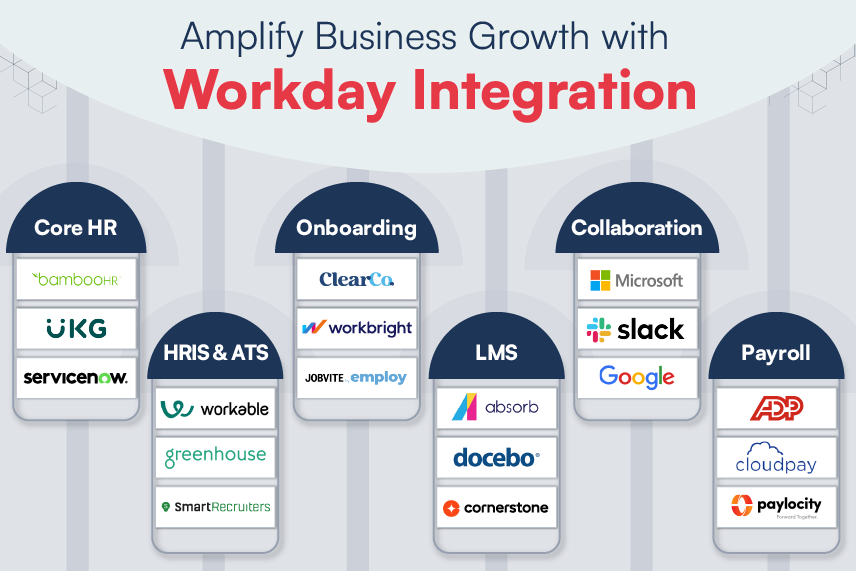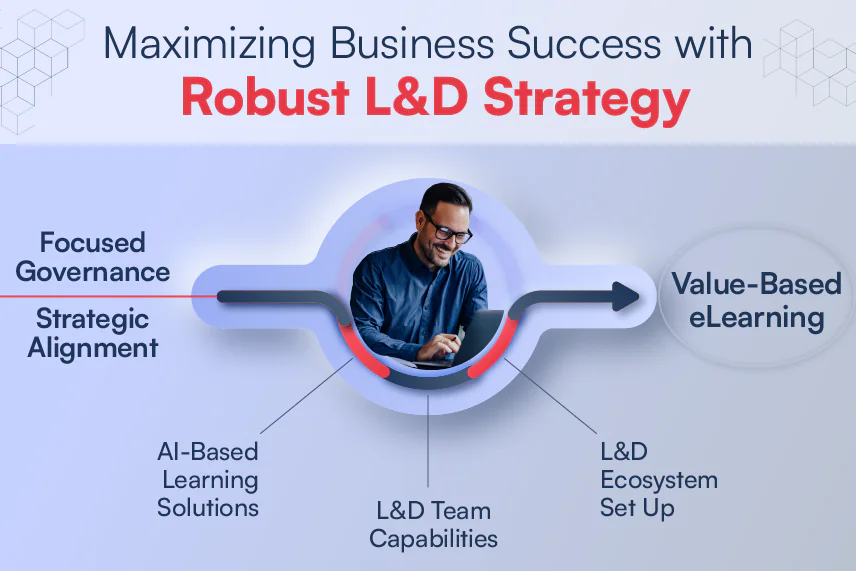
Sometimes what you need is a nudge to learn
Setting the context
As a CLO or an L&D stakeholder, do any of the following modern-day workplace issues bother you?
- Creating & maintaining a diverse & inclusive culture
- Making learning available in the flow of work
- Catering to the situational salesforce’s learning needs
- Instilling the brand culture in times of gig economy
- Implementing safety 2.0
If your answer is yes to even one of the points above, it is time to start thinking of nudge-learning. We plan to write a series of blog posts on this methodology and its business effectiveness.
The theory behind nudge-learning
An early morning phone call from Sweden awakened Richard Thaler. The caller from Sweden told Thaler he had won the 2017 Nobel Memorial Prize in Economic Sciences for his research in behavioral economics.
Nudge primarily is a concept in behavioral science, political theory, and behavioral economics which proposes positive reinforcement and indirect suggestions as ways to influence the behavior and decision making of groups or individuals.
Thaler has been very busy handling accolades and admiration since then; he has been surrounded in a career-defining victory, but his wake-up call from Sweden also potentially served as a wakeup call for the learning & development community to sit up and take notice of nudge.
The relevance of nudge for the L&D community
The nudge theory is highly relevant and useful for L&D professionals. How you ask? Below are three challenges that advocate the need for nudge-learning in the modern-day workplace.
- One of the key challenges that businesses are facing today is ensuring knowledge retention for a better ROI. You can spend hours in training and come out of it feeling you have learnt a lot but then suddenly the ‘Ebbinghaus Forgetting Curve’ starts kicking in and even before you realize you do not recall majority of things learnt during the training. It is found that almost a whopping 60% of the knowledge is lost in less than an hour of learning it. One of the key reasons for this is lack of reinforcement. Nudging your learners with reinforcement training material on a periodic basis could be one of the potential ways to improve knowledge retention.

- The L&D community is gradually shifting from a culture of training to a culture of learning. Couple of key aspects driving this change are the demands of the modern-day workplace and the way learners want to consume content. The modern-day learner likes to be in control. Learning to them is more about a journey rather than a destination. Nudge without being intrusive is an excellent tool to make learners drive their own learning and be in-charge of it.
- Dwight Eisenhower was not the only one who encountered two kinds of problems: the urgent and the important. This was; and is applicable to all of us. The urgent were not important and the important were never urgent. This situation arises out of a natural human tendency to seek pleasure in completing tasks, known as ‘completion syndrome’. The modern-day learners, in pursuit of satisfying the completion syndrome at their workplaces, are not able to find time for learning. And this is where L&D leaders have to bring learning in the flow of work rather than making it available outside work.
In the next blog in this series, we will focus on various factors to consider while formulating the nudge-learning strategy for your organization. We would love to know your thoughts, comments, or experience on nudge-learning and its relevance in the modern-day workplace. Please feel free to drop a comment below or connect with us at contact@harbingergroup.com.






